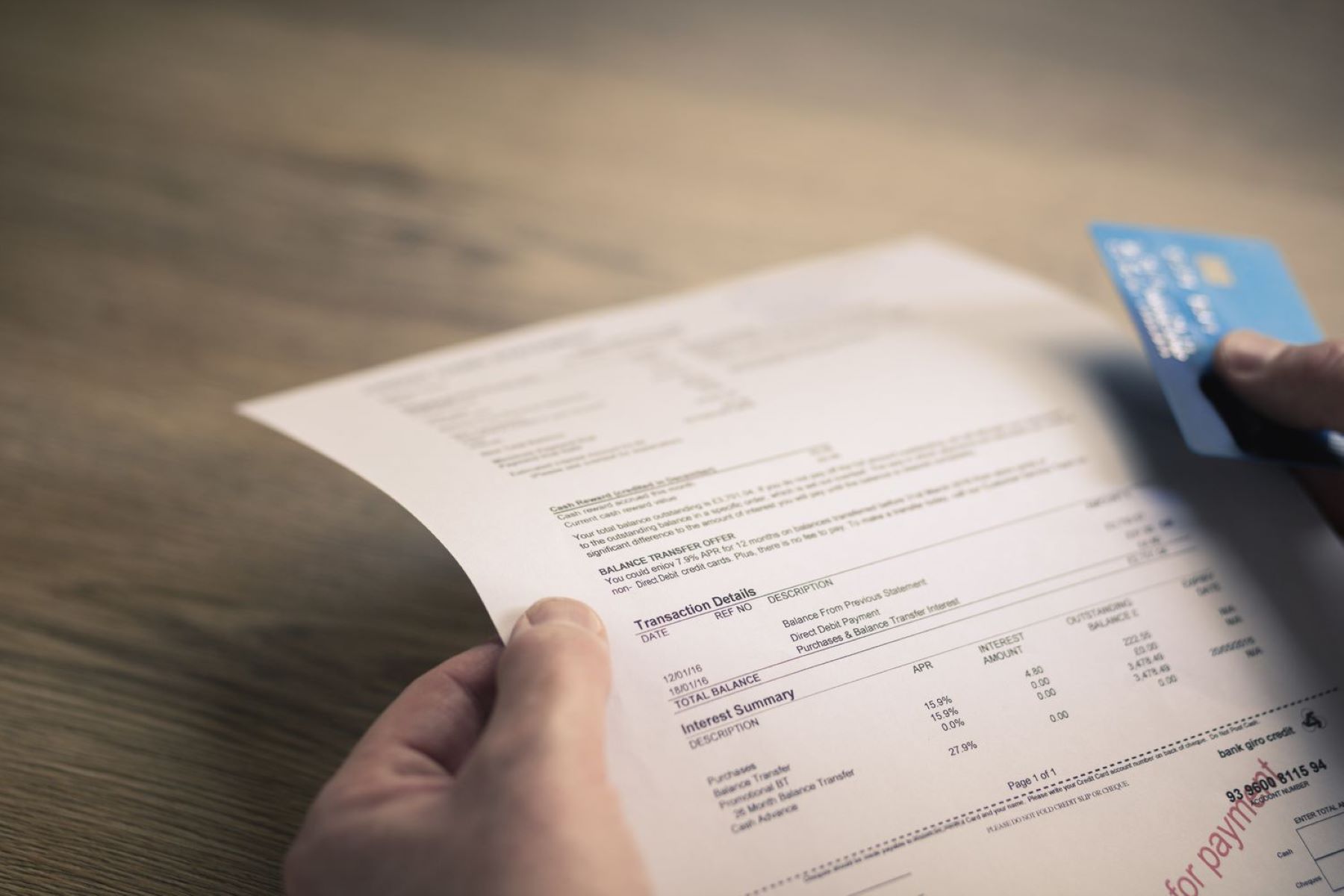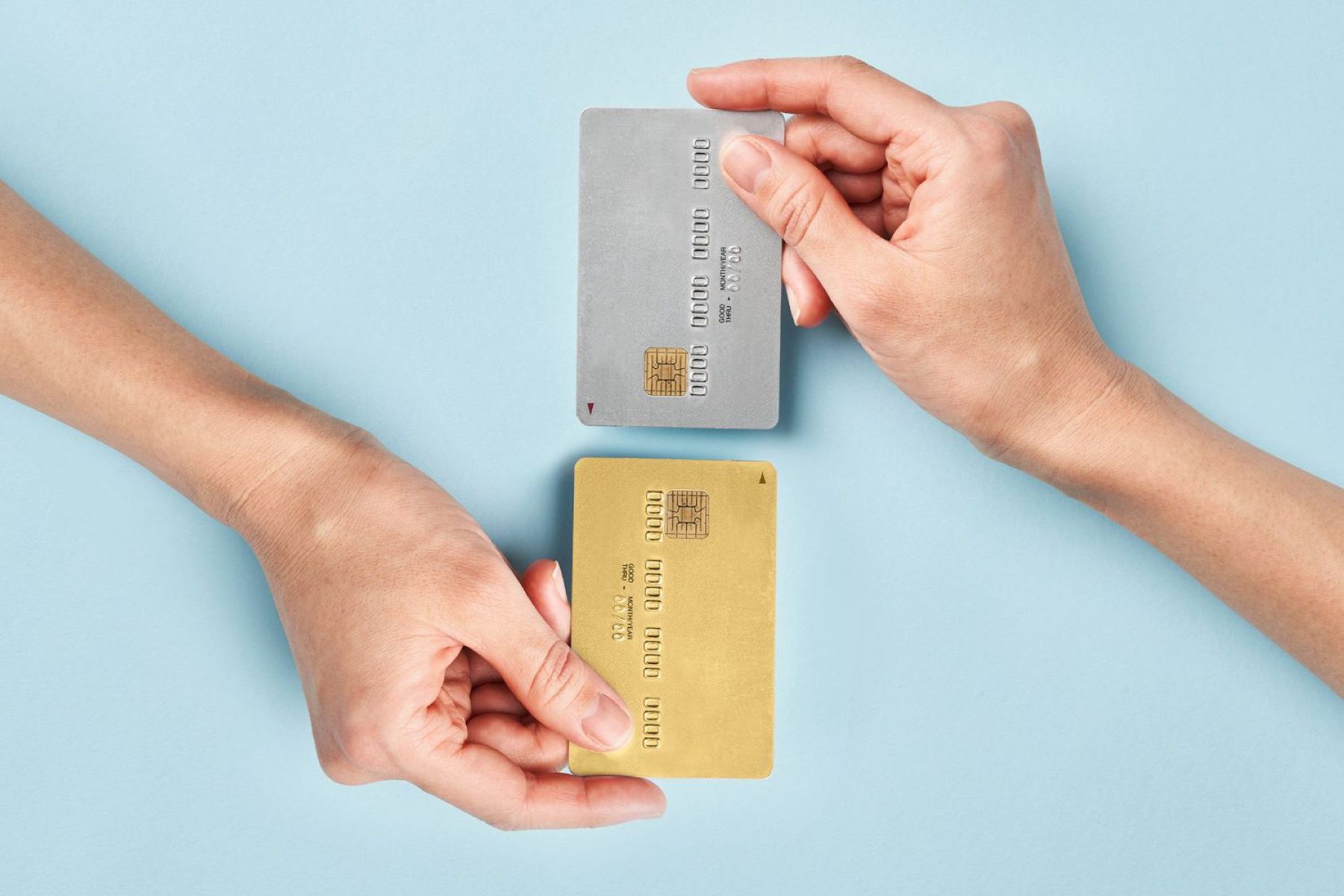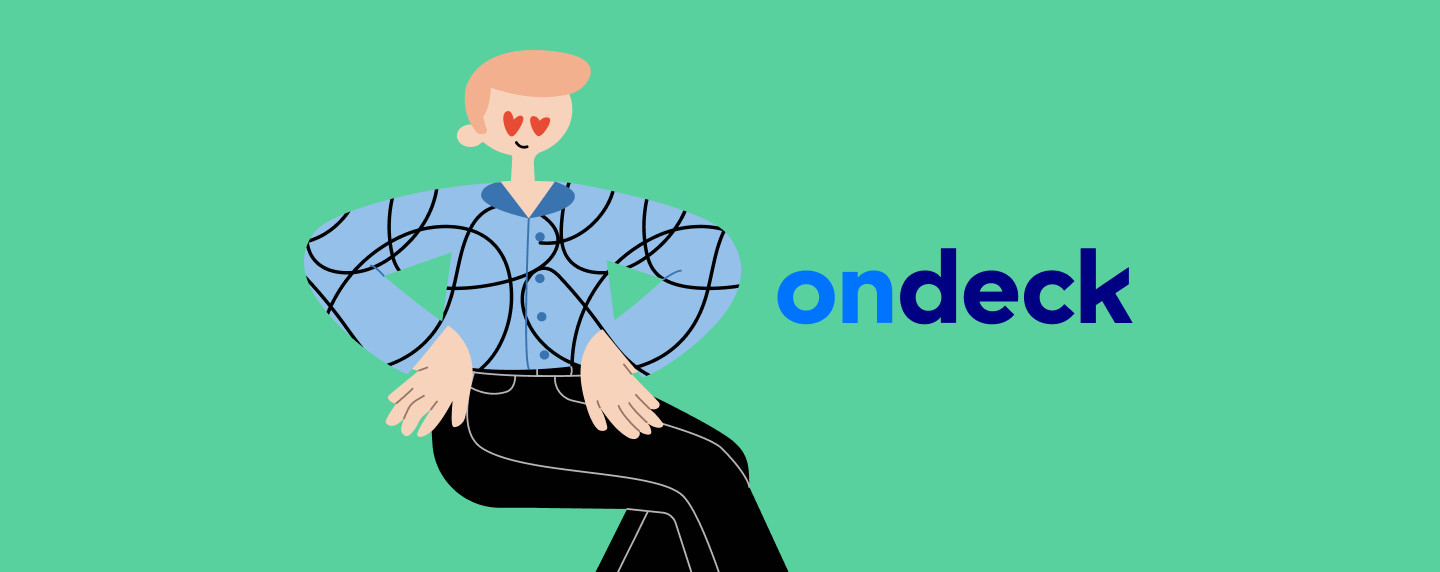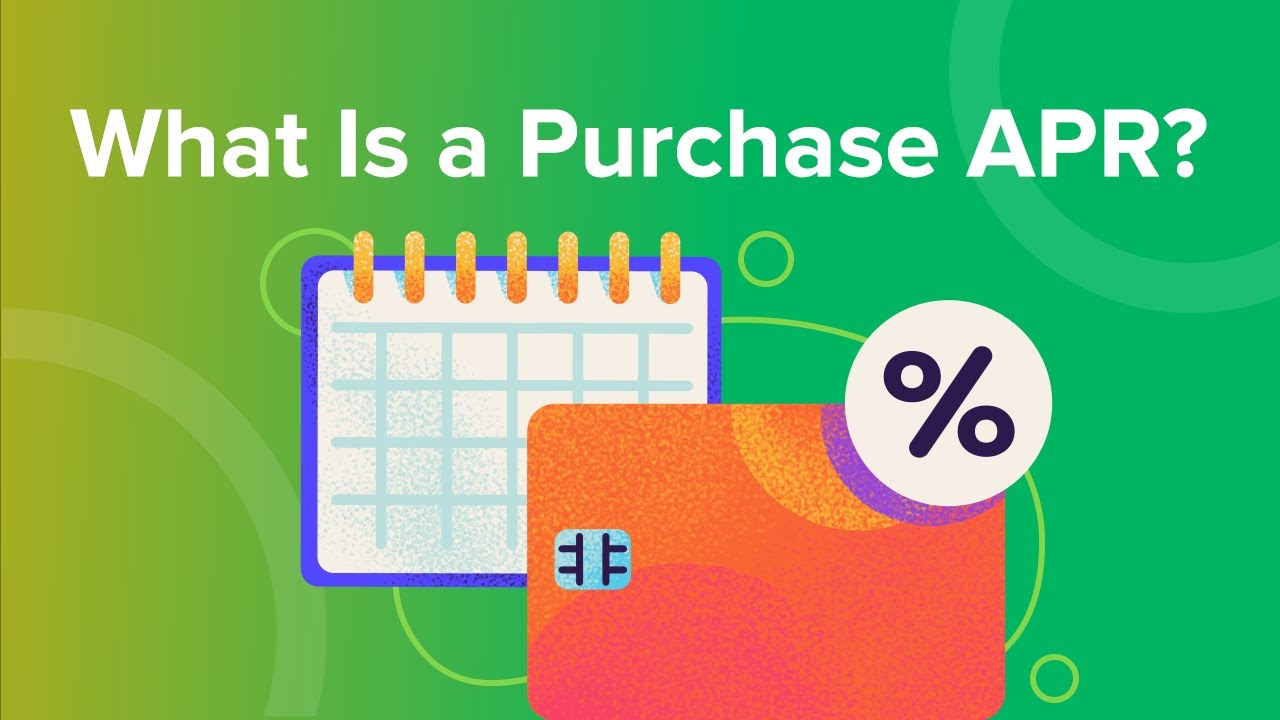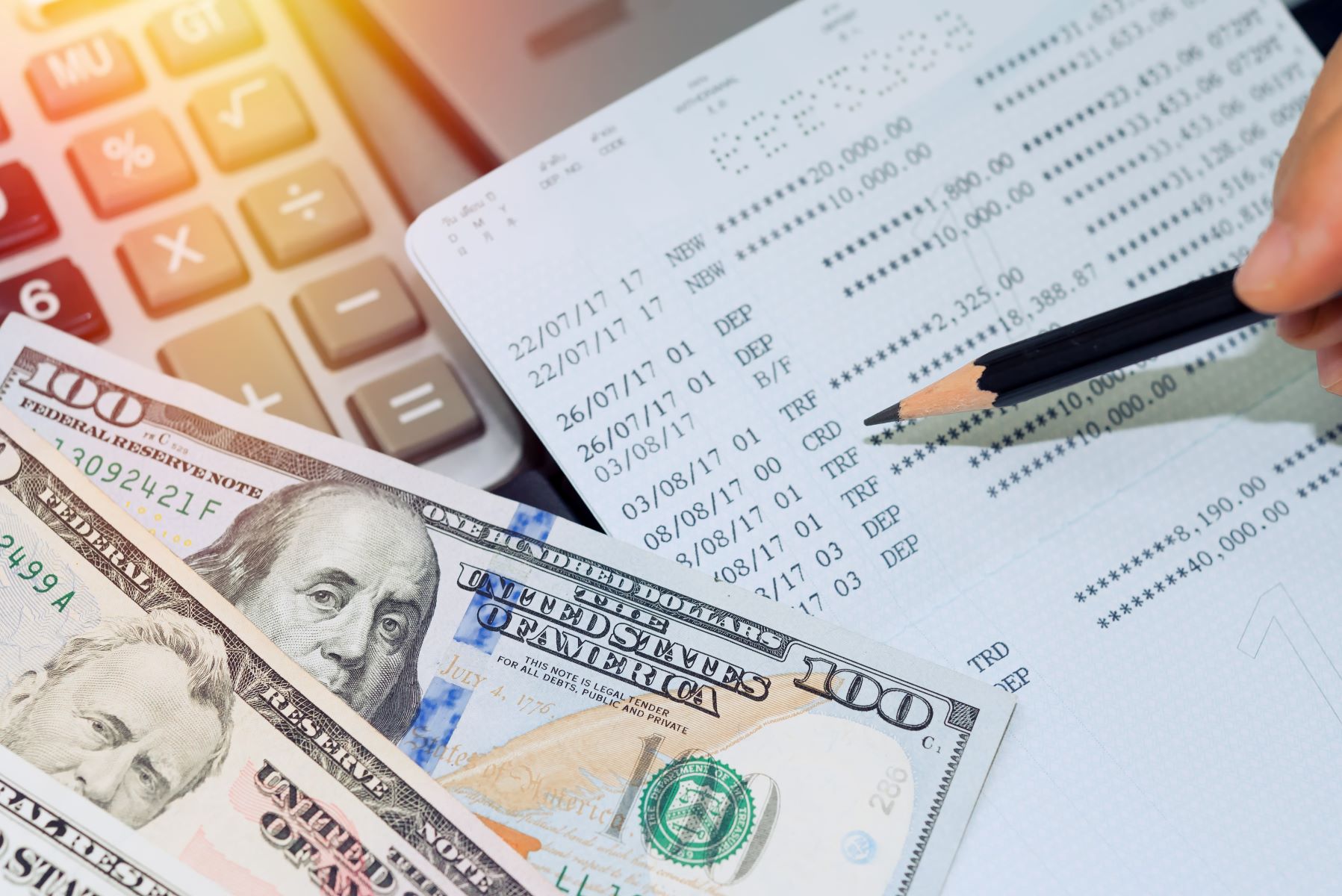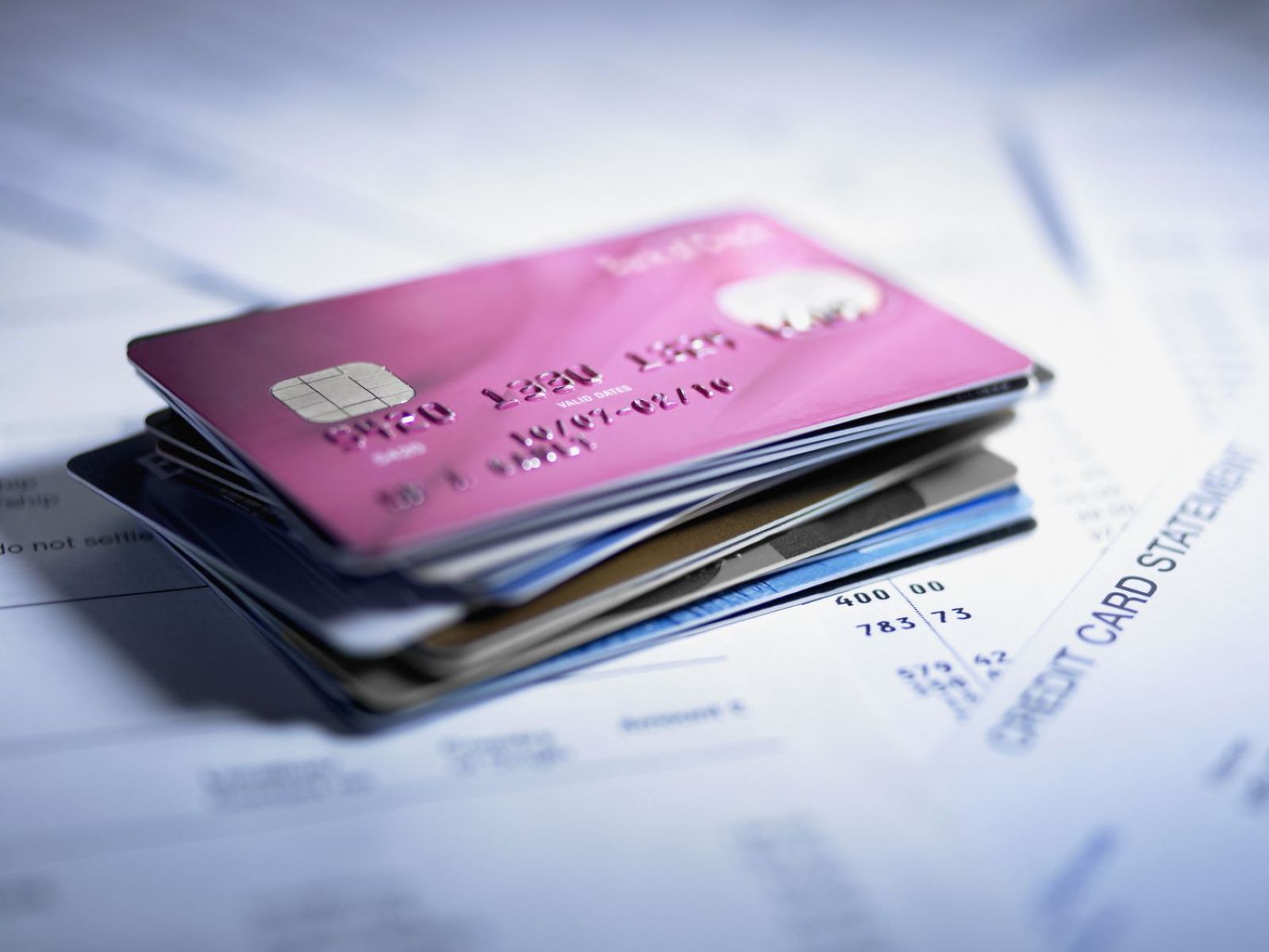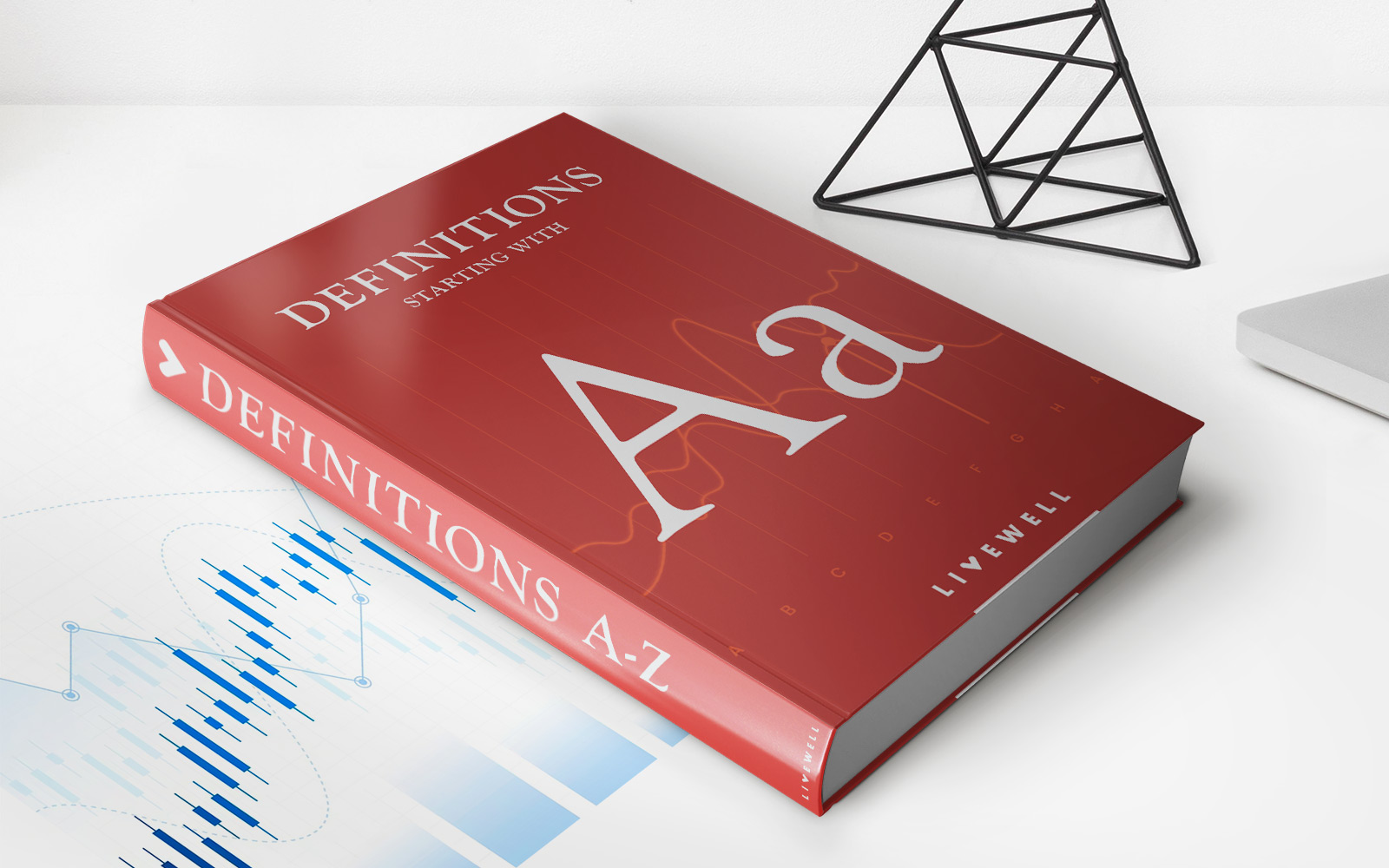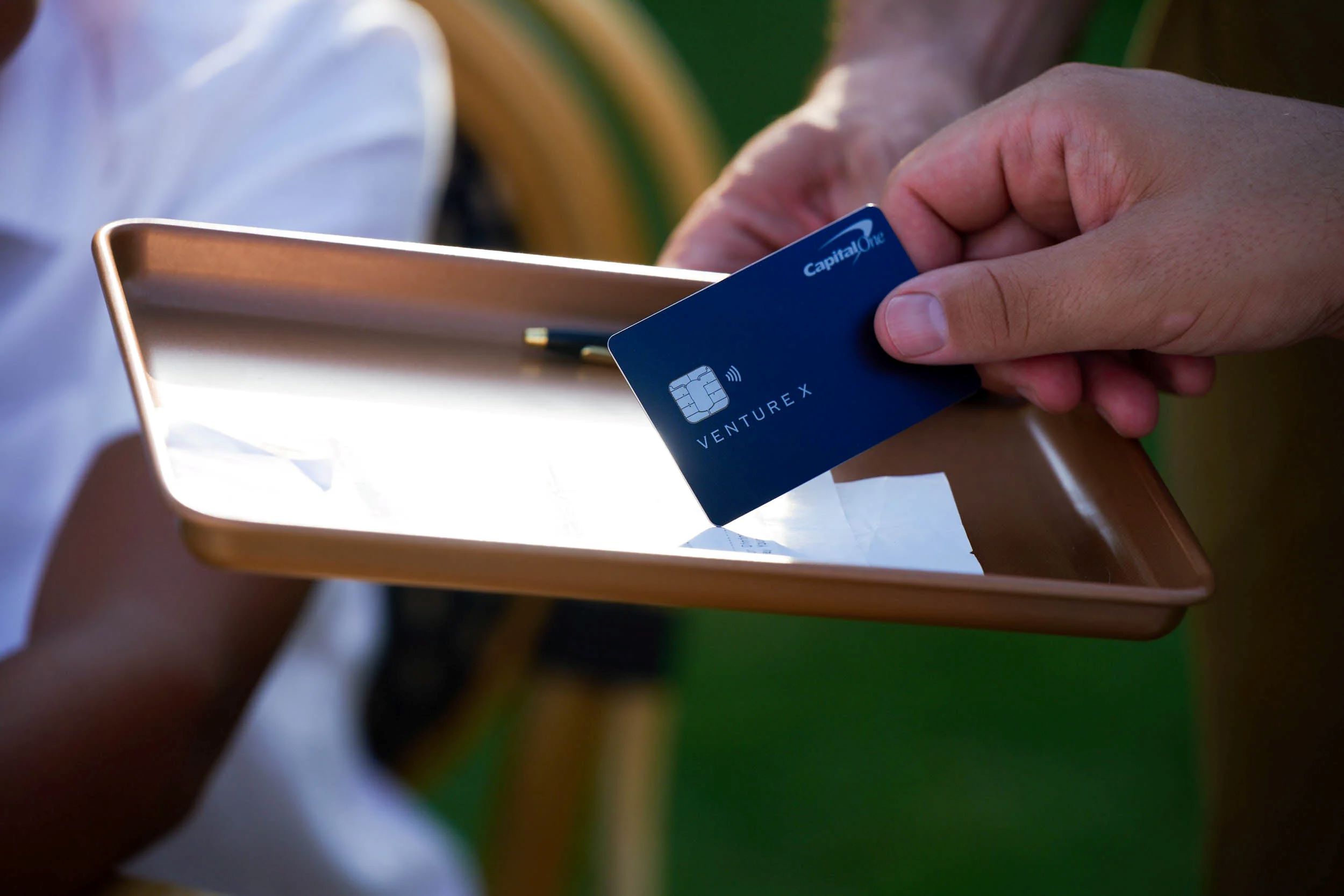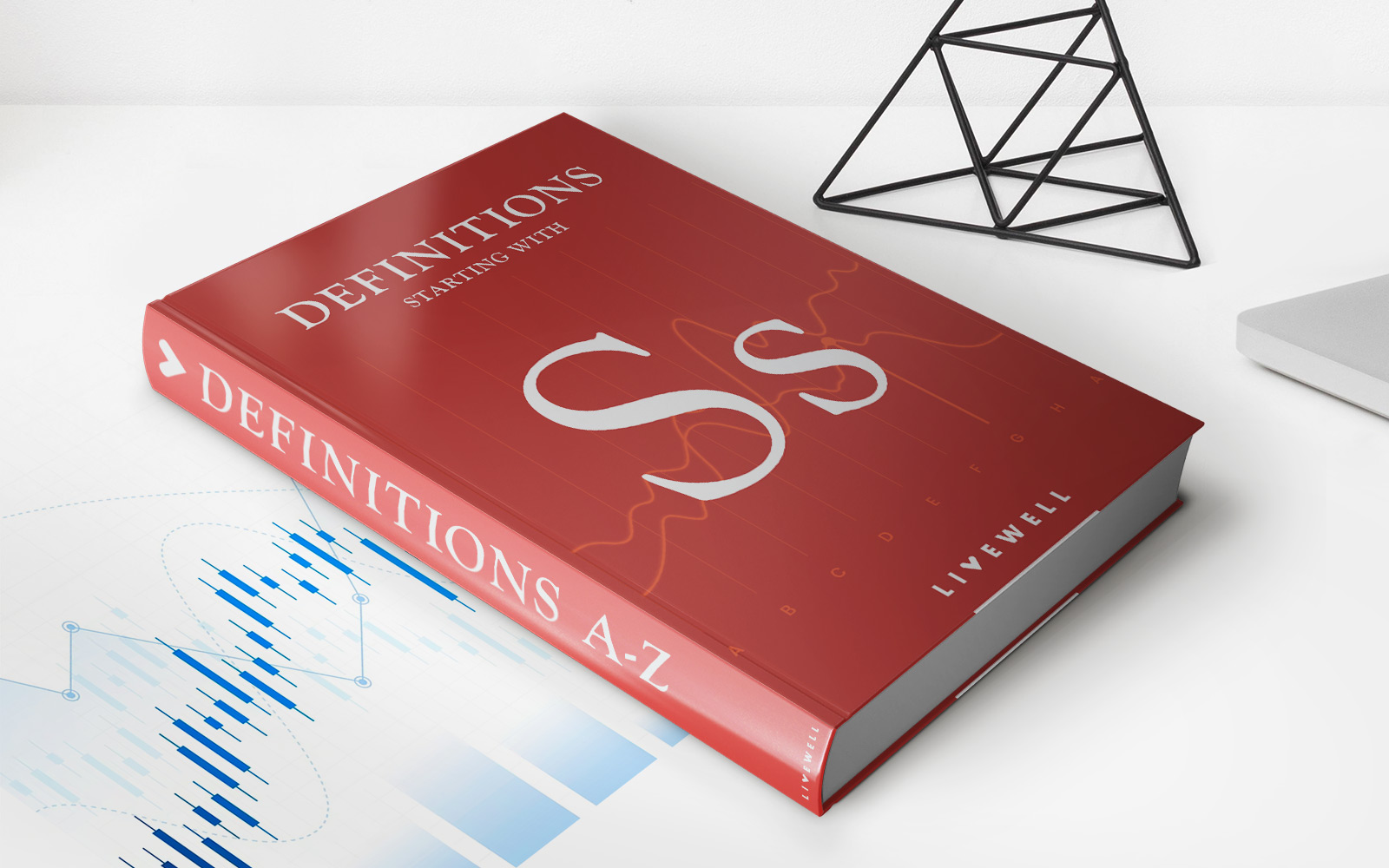Home>Finance>What Is A Purchase Interest Charge On Chase Credit Card


Finance
What Is A Purchase Interest Charge On Chase Credit Card
Modified: March 3, 2024
Learn about the purchase interest charge on Chase credit cards and how it affects your finances. Understand the implications of this fee and plan your finances wisely to avoid unnecessary costs.
(Many of the links in this article redirect to a specific reviewed product. Your purchase of these products through affiliate links helps to generate commission for LiveWell, at no extra cost. Learn more)
Table of Contents
Introduction
When it comes to using a credit card, it’s important to understand how various charges and fees can affect your finances. One such charge is the purchase interest charge, which is an additional cost that may be applied to your credit card transactions. Whether it’s a Chase credit card or any other card, understanding purchase interest charges can help you better manage your finances and make informed decisions.
A purchase interest charge is the interest that accrues on your credit card balance when you carry a balance from month to month. It is essentially the cost you pay for borrowing money from the credit card issuer to make purchases. Unlike other fees, such as annual fees or late payment fees, purchase interest charges are typically based on the outstanding balance on your credit card.
These charges can significantly impact your finances if you regularly carry a balance on your credit card. Therefore, it is crucial to have a clear understanding of how purchase interest charges are calculated and how you can minimize their impact.
In this article, we will delve into the world of purchase interest charges on Chase credit cards, shedding light on how they are calculated, factors that affect these charges, and strategies to avoid or minimize them. Understanding these aspects will empower you to make well-informed decisions when using your credit card and help you optimize your financial well-being.
Understanding Purchase Interest Charges
Purchase interest charges are the fees applied to your credit card balance when you carry a balance from one month to the next. It is the cost you pay for the convenience of financing your purchases through your credit card. These charges are calculated based on the annual percentage rate (APR) set by the credit card issuer.
When you make a purchase using your credit card, you have the option to pay off the full balance by the due date and avoid any interest charges. However, if you carry a balance, even a small one, past the due date, you will be subject to purchase interest charges on the outstanding balance. This can lead to a cycle of debt and can significantly impact your financial health.
The process for calculating purchase interest charges can vary depending on the credit card issuer, but it typically involves multiplying the average daily balance by the daily periodic rate and then multiplying that by the number of days in the billing cycle. This calculation determines the amount of interest charged for that specific billing cycle.
It’s important to note that purchase interest charges only apply to balances carried forward from the previous billing cycle. If you pay off your credit card balance in full before the due date, you can avoid purchase interest charges altogether.
Understanding purchase interest charges is vital because it allows you to make informed decisions when using your credit card. It helps you evaluate the potential cost of carrying a balance and guides you in managing your credit card debt effectively.
In the next section, we will dive deeper into how purchase interest charges are calculated, providing you with a clearer understanding of how these charges can accumulate over time.
How Purchase Interest Charges are Calculated
The calculation of purchase interest charges can vary slightly depending on the credit card issuer, but the basic method involves multiplying the average daily balance by the daily periodic rate and the number of days in the billing cycle.
First, let’s break down the key components of the calculation:
- Average Daily Balance: This refers to the average balance you carry on your credit card throughout the billing cycle. It is calculated by summing up the balances for each day of the cycle and dividing it by the number of days in the cycle.
- Daily Periodic Rate: This is the APR divided by the number of days in a year. It represents the daily interest rate that is applied to your average daily balance.
- Number of Days in the Billing Cycle: This is the number of days between two billing cycles, usually ranging from 28 to 31 days.
Once you have these elements, you can follow this formula to calculate your purchase interest charges:
Purchase Interest Charges = (Average Daily Balance) x (Daily Periodic Rate) x (Number of Days in the Billing Cycle)
For example, let’s say you have an average daily balance of $1,000, an APR of 18%, and a billing cycle of 30 days. Using the formula above, the calculation would be as follows:
Purchase Interest Charges = ($1,000) x (0.18/365) x (30)
Purchase Interest Charges = $14.79
So, in this example, you would be charged approximately $14.79 in purchase interest for that billing cycle.
It’s important to note that this calculation assumes that no additional purchases or payments are made during the billing cycle. If you make new purchases or payments, it can affect the average daily balance and subsequently impact the purchase interest charges.
Understanding how purchase interest charges are calculated allows you to estimate the potential cost of carrying a balance on your credit card. This knowledge can help you make informed decisions about your credit card usage and avoid unnecessary debt.
Next, we will explore the factors that can influence the amount of purchase interest charges you may incur.
Factors that Affect Purchase Interest Charges
The amount of purchase interest charges you incur on your credit card can be influenced by several factors. Understanding these factors can help you better manage your credit card balance and minimize the impact of interest charges. Let’s explore the key factors that affect purchase interest charges:
- Outstanding Balance: The principal factor that determines the amount of purchase interest charges is the outstanding balance on your credit card. The higher the balance you carry from month to month, the more interest you will accrue.
- Annual Percentage Rate (APR): The APR is the interest rate charged on your outstanding balance. Credit card issuers set different APRs, which can range from low to high depending on various factors such as your credit history and the type of credit card. A higher APR means higher purchase interest charges.
- Method of Interest Calculation: Credit card issuers use different methods to calculate purchase interest charges. Some calculate interest based on the average daily balance, while others use the previous balance method. Understanding the method used by your credit card issuer can help you estimate the interest charges more accurately.
- Grace Period: The grace period is the time between the purchase date and the due date, during which no interest is charged on the balance. If you have a longer grace period, you have more time to pay off the balance without incurring interest charges.
- Payment History: Your payment history can also impact the amount of purchase interest charges you incur. If you consistently make late payments or only pay the minimum amount due, it can result in higher interest charges.
It’s important to keep these factors in mind when using your credit card to make purchases. By understanding how these factors influence purchase interest charges, you can make strategic decisions to minimize interest costs and avoid unnecessary debt.
Next, we will explore strategies to help you avoid or minimize purchase interest charges on your Chase credit card or any other credit card you may have.
Avoiding Purchase Interest Charges
Avoiding purchase interest charges on your credit card can help you save money and maintain better financial control. Here are some strategies to consider:
- Pay in Full: The most effective way to avoid purchase interest charges is to pay off your credit card balance in full before the due date. By doing so, you eliminate the need to carry a balance, and no interest will accrue on your purchases.
- Take Advantage of Grace Period: Understand your credit card’s grace period, which is the period during which you can pay off your balance without incurring interest charges. Use this time wisely to pay off your balance in full and avoid interest.
- Use Promotional 0% APR Offers: Some credit cards offer promotional periods with 0% APR for a specific duration. Take advantage of these offers to make purchases without incurring interest charges during the promotional period. Just make sure to read and understand the terms and conditions of the offer.
- Avoid Cash Advances: Cash advances typically come with higher interest rates and often have no grace period. Avoid using your credit card for cash advances, as the interest charges can start accumulating immediately, leaving you with higher debt.
- Monitor Your Spending: Keeping track of your spending habits can help you avoid carrying a balance. Set a budget, spend within your means, and only use your credit card for purchases you can afford to pay off in full each month.
- Make Extra Payments: If you are unable to pay off your balance in full, consider making extra payments throughout the billing cycle. By reducing the outstanding balance, you can minimize the amount of interest that accrues on your purchases.
Remember, the key to avoiding purchase interest charges is to use your credit card responsibly and make timely payments. By doing so, you can maintain good financial health and avoid unnecessary debt.
Now, let’s explore strategies to minimize purchase interest charges if you are unable to pay off your credit card balance in full.
Strategies to Minimize Purchase Interest Charges
If you find yourself unable to pay off your credit card balance in full and want to minimize the impact of purchase interest charges, here are some strategies you can use:
- Pay More Than the Minimum: Paying only the minimum amount due keeps you in debt longer and results in higher interest charges. Whenever possible, pay more than the minimum payment to reduce your outstanding balance quickly.
- Consider a Balance Transfer: If you have a high-interest credit card balance, you may consider transferring it to a card with a lower or 0% introductory APR offer on balance transfers. This can help reduce or eliminate interest charges during the promotional period.
- Look for Low-Interest Credit Cards: Explore credit cards with lower interest rates. Transferring your balance to a card with a lower interest rate can help minimize purchase interest charges in the long run.
- Create a Debt Repayment Plan: Develop a plan to pay down your credit card debt systematically. Allocate a specific amount each month towards paying off your balance, and stick to the plan until your debt is eliminated.
- Avoid New Purchases: While you are working to pay off your credit card balance, refrain from making new purchases on the card. Focus your efforts on reducing the existing balance rather than adding to it.
- Negotiate with Your Credit Card Issuer: In some cases, you may be able to negotiate a lower interest rate with your credit card issuer. Contact them and explain your situation to see if they can provide any assistance in reducing your interest charges.
- Seek Financial Guidance: If you are struggling with credit card debt, consider seeking the help of a financial advisor or credit counseling service. They can provide guidance and resources to help you manage your debt effectively.
By implementing these strategies, you can actively work towards minimizing your purchase interest charges and regaining control over your credit card debt.
Remember, it’s important to regularly review your credit card statements, understand the fees and charges associated with your card, and strive to improve your overall financial habits to avoid unnecessary interest charges in the future.
Now, let’s summarize the key points discussed in this article.
Conclusion
Understanding purchase interest charges is essential for anyone who uses a credit card. Whether you have a Chase credit card or any other card, being aware of how these charges are calculated and how they can impact your finances is crucial. By having this knowledge, you can make informed decisions about your credit card usage and take steps to minimize interest charges.
In this article, we have covered the fundamentals of purchase interest charges, including their definition and how they are calculated. We have also explored the factors that can influence the amount of interest charged and provided strategies to avoid or minimize these charges.
Remember, the best way to avoid purchase interest charges is to pay off your credit card balance in full before the due date. This ensures that no interest is accumulated on your purchases. However, if you are unable to do so, there are strategies you can employ, such as paying more than the minimum payment or considering a balance transfer.
Additionally, it’s important to adopt responsible spending habits, monitor your credit card usage, and seek financial guidance if you find yourself struggling with credit card debt. By being proactive and taking control of your finances, you can minimize the impact of purchase interest charges and work towards a healthier financial future.
Remember, every dollar saved on interest charges is a step towards achieving your financial goals. Stay informed, make smart financial decisions, and empower yourself to navigate the world of credit card usage with confidence.



